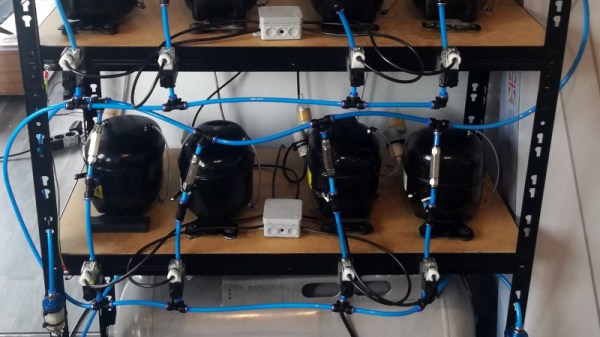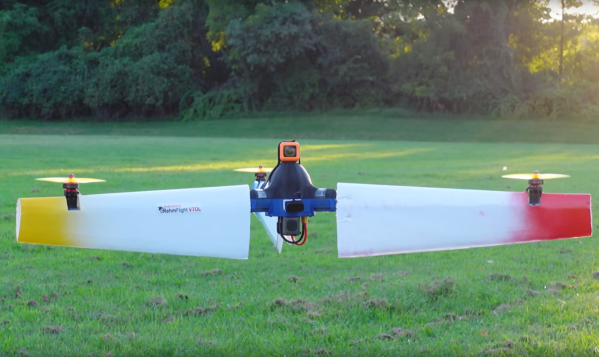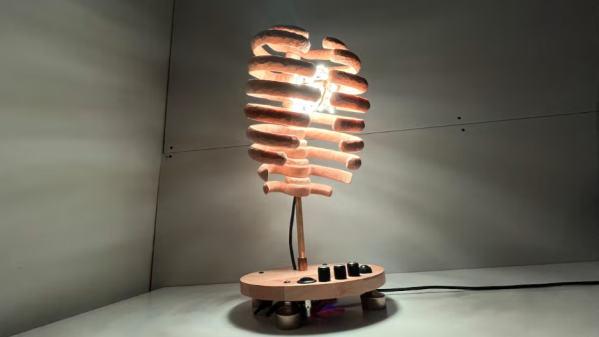“Necessity is the mother of invention,” or so the saying goes. We’ve never held to that, finding that laziness is a much more powerful creative lubricant. And this story about someone who automated their job with a script is one of the best examples of sloth-driven invention since the TV remote was introduced. If we take the story at face value — and it’s the Internet, so why wouldn’t we? — this is a little scary, as the anonymous employee was in charge of curating digital evidence submissions for a law firm. The job was to watch for new files in a local folder, manually copy them to a cloud server, and verify the file with a hash to prove it hasn’t been tampered with and support the chain of custody. The OP says this was literally the only task to perform, so we can’t really blame them for automating it with a script once COVID shutdowns and working from home provided the necessary cover. But still — when your entire job can be done by a Windows batch file and some PowerShell commands while you play video games, we’re going to go out on a limb and say you’re probably underemployed.
People have been bagging on the US Space Force ever since its inception in 2019, which we think is a little sad. It has to be hard being the newest military service, especially since it branched off of the previously newest military service, and no matter how important its mission may be, there’s still always going to be the double stigmas of being both the new kid on the block and the one with a reputation for digging science fiction. And now they’ve given the naysayers yet more to dunk on, with the unveiling of the official US Space Force service song. Every service branch has a song — yes, even the Army, and no, not that one — and they all sound appropriately martial. So does the Space Force song, but apparently people have a problem with it, which we really don’t get at all — it sounds fine to us.




















